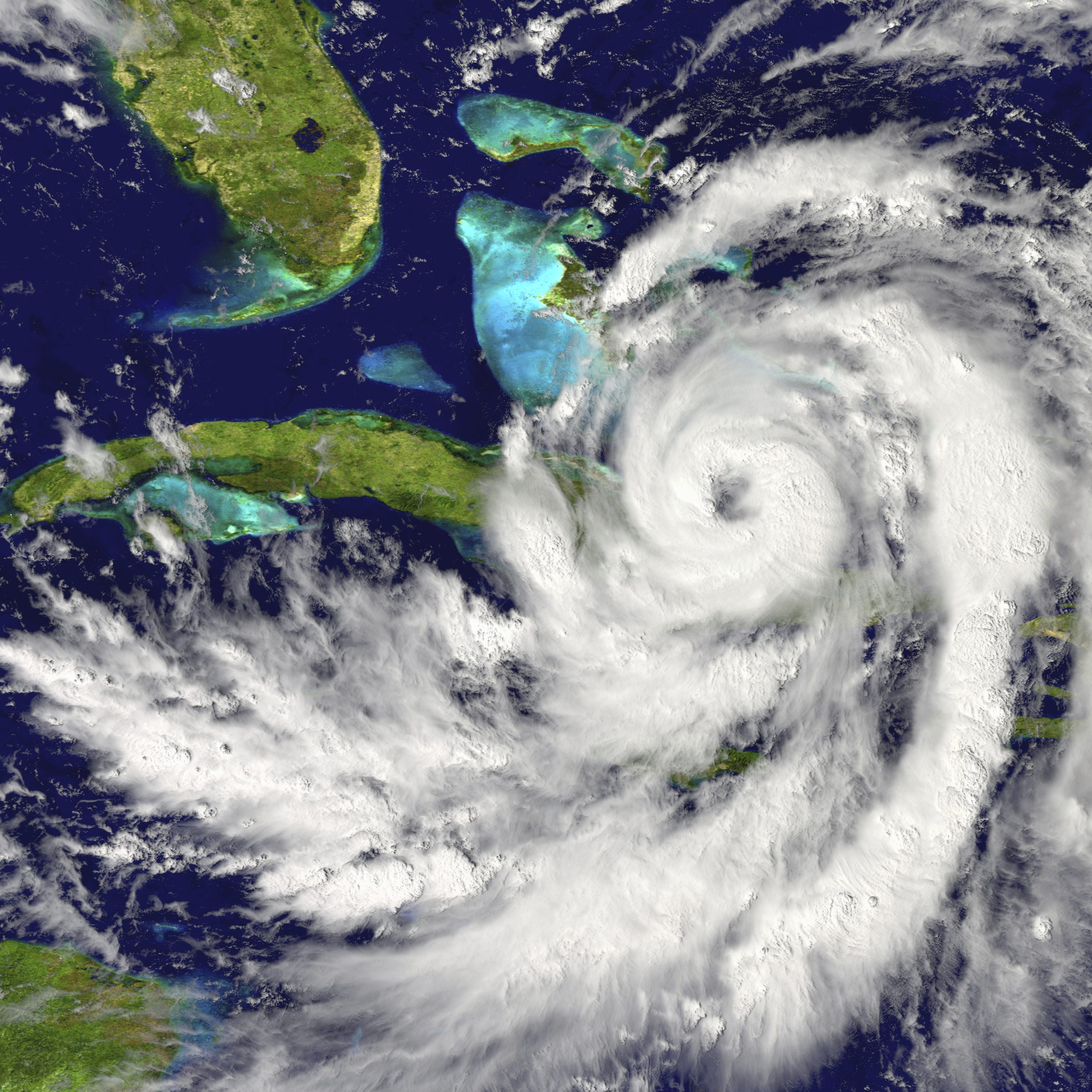Economy
Irma Is a Cape Verde Hurricane: What Is That?

Published:
Last Updated:

Hurricane Irma, now a Category 5 hurricane, is a Cape Verde-type hurricane, and those kinds of storms have a reputation for making landfall in the United States, among them Ivan and Hugo. Cape Verde hurricanes also are among the most destructive tempests.
Cape Verde hurricanes are Atlantic basin tropical cyclones that develop into tropical storms within the Cape Verde Islands, an island country off the western coast of Africa, and then become hurricanes before reaching the Caribbean.
According to NASA, these storms usually develop from tropical waves that form in the African savanna during the wet season and then move into the African steppes. Those waves that move off Africa’s west coast can develop into tropical cyclones, usually in August or September.
The average Atlantic hurricane season usually has two Cape Verde hurricanes. These storms are usually the most intense and the biggest of the season because they develop so far to the east and can travel over a large area of warm, open ocean waters that provide energy for them. There are also no land formations in their path to slow tropical cyclones if they form near the Cape Verde Islands.
NASA says Cape Verde tropical cyclones also tend to have the longest duration, because of the huge area of open ocean they have to pass through.
Hurricane Dean, one of the strongest hurricanes to make landfall, formed just west of the islands around August 13, 2007, moved into the Caribbean on August 17 and made landfall in Belize as a Category 5 storm on August 21.
Hurricane Ivan formed southwest of the Cape Verde Islands on September 3, 2004, moved into the Caribbean on September 8 as a Category 4 storm and into the Gulf of Mexico on September 14 as a Category 5 storm. Ivan weakened to Category 4 by landfall. It slammed Alabama and Florida and caused $18.8 billion in damage.
Hurricane Hugo, a Category 4 storm, savaged South Carolina in 1989 and left $7 billion in damage in its wake.
Katrina, not a Cape Verde hurricane, holds the record for damage by a hurricane at $108 billion. It hit Louisiana, Mississippi and parts of Florida as a Category 3 storm in 2005. Ike (2008), Andrew (1992) and Wilma (2005) all did damage in excess of $21 billion.
Hurricane Harvey, which pummeled southwest Texas, may top the damage total of Katrina, with some estimates projecting the damage as high as $190 billion.
A financial advisor can help you understand the advantages and disadvantages of investment properties. Finding a qualified financial advisor doesn’t have to be hard. SmartAsset’s free tool matches you with up to three financial advisors who serve your area, and you can interview your advisor matches at no cost to decide which one is right for you. If you’re ready to find an advisor who can help you achieve your financial goals, get started now.
Investing in real estate can diversify your portfolio. But expanding your horizons may add additional costs. If you’re an investor looking to minimize expenses, consider checking out online brokerages. They often offer low investment fees, helping you maximize your profit.
Thank you for reading! Have some feedback for us?
Contact the 24/7 Wall St. editorial team.